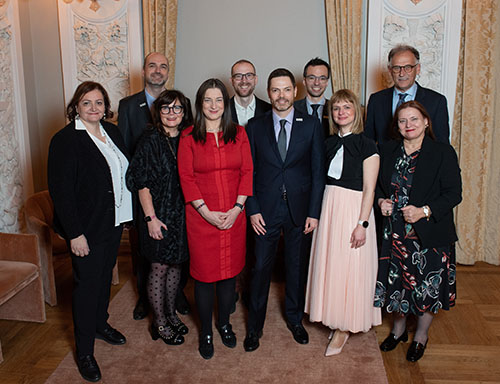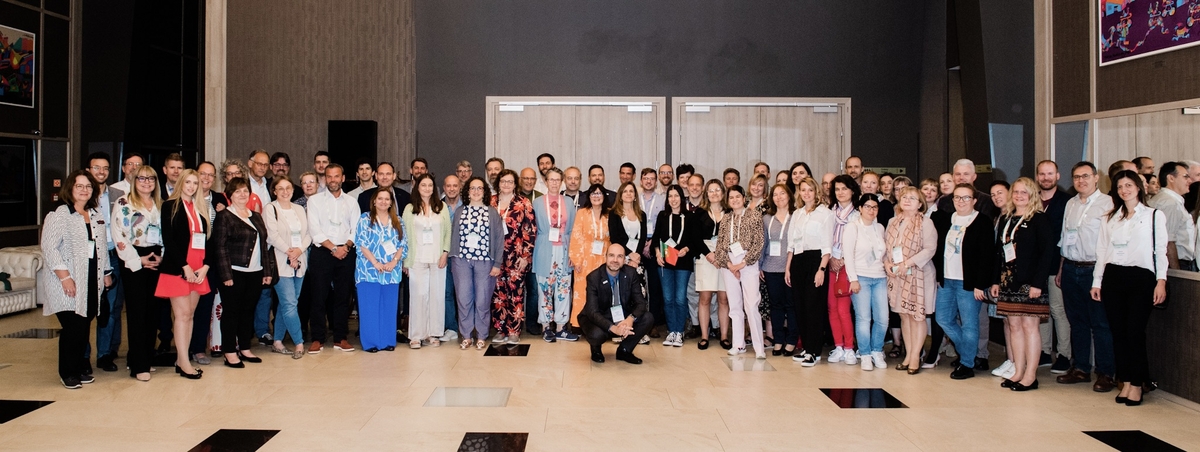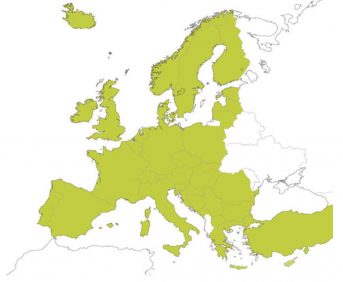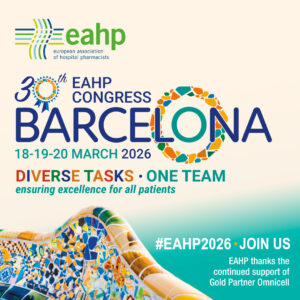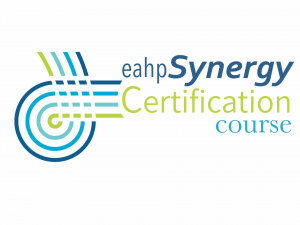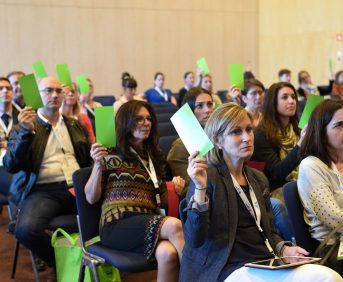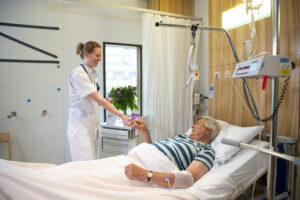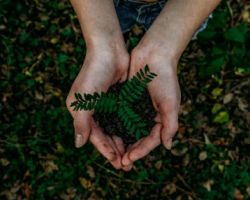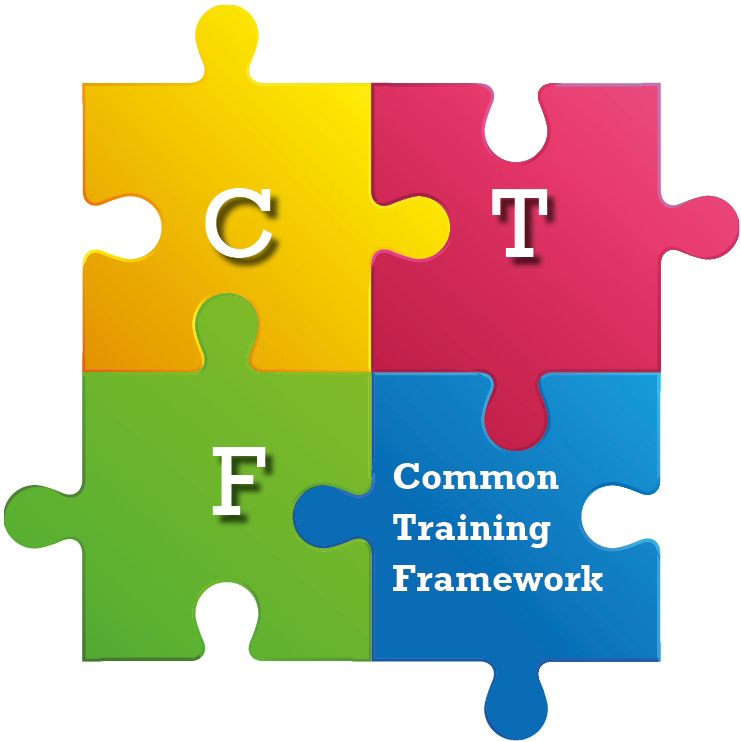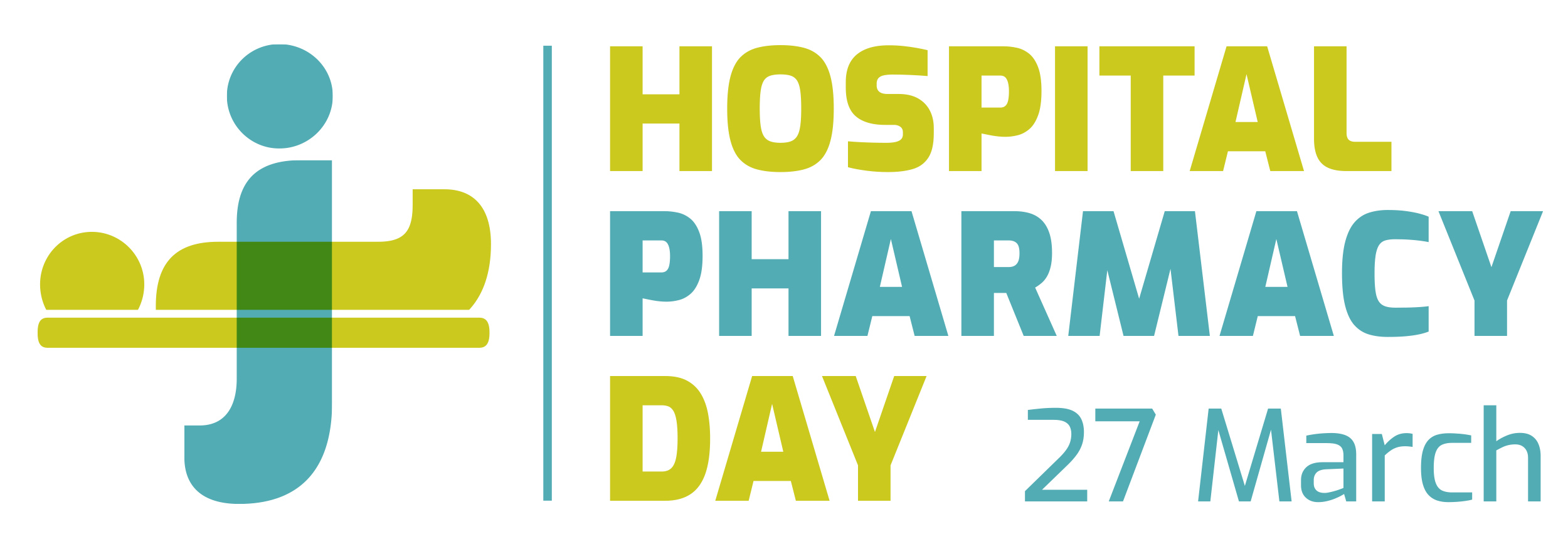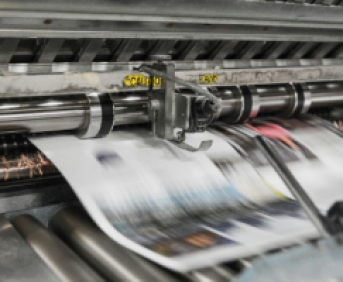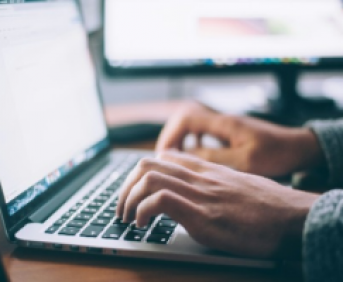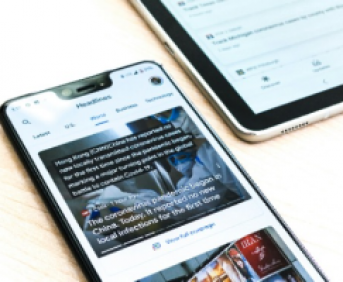Implementation of pharmacological consultation as part of geriatric trauma treatment
Pdf

European Statement
Introductory Statements and Governance
Author(s)
Tanja Schicksnus
Why was it done?
The team of the geriatric trauma center consists of an orthopedic surgeon, geriatrician, nurse, physiotherapist, occupational therapist and a discharge management and diabetic nutrition expert according to the German society for orthopedic surgery (DGU) and now also a pharmacist who performs risk screening for drug-related problems such as fall, dizziness, cognitive impairment, conspicuous laboratory values, lack of appetite, etc. immediately after admission, in order to optimize drug therapy.
What was done?
The geriatric trauma center aims to provide geriatric patients with the best possible peri- and post-operative care after a fall with a fracture so that they resume their usual life and environment after the hospital stay. The pharmacist joined the interdisciplinary team with the aim of a medication review for the often multi-morbid and multi-prescription patients.
How was it done?
After the patient has been assigned to geriatric complex therapy according to the DGU criteria, the doctor requests a pharmacological consultation for this patient via the digital patient record. The pharmacist carries out a medication analysis with information from the record as well as bed side visits focusing on possible medication based problems.
Results are stored in the consultation report, serving as documentation and as basis for later evaluation. Important information for immediate implementation is highlighted in the digital file and transmitted to the attending physician by telephone.
Once a week, the entire team meets, with the scope for each patient being: What are the remaining problems? How can these be solved (interdisciplinary)?
What has been achieved?
During four months, medication reviews were carried out for about 100 patients. In the areas of bleeding risk, anticholinergic adverse events, antibiotics, malnutrition, dose adjustments and medicines inappropriate for geriatric patients, for one third of patients corrections led to an improvement in patients. For nearly 10% of patients also a prescription cascade was resolved and some medical device training has increased drug therapy safety.
What next?
Future benefit evaluation will be carried out based on resumption of patients due to a fall, in the categories: Time until next hospital admission, reason for next admission, adoption of optimized medication plan.
